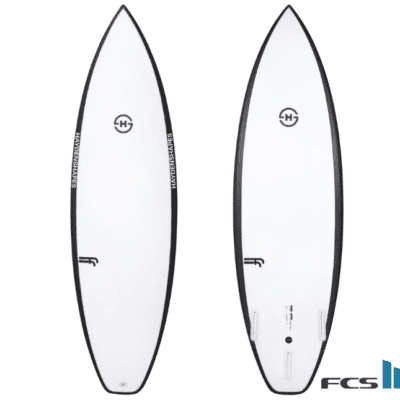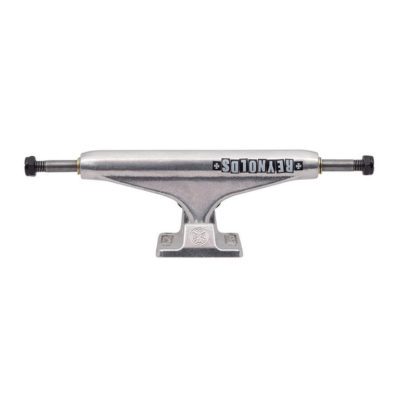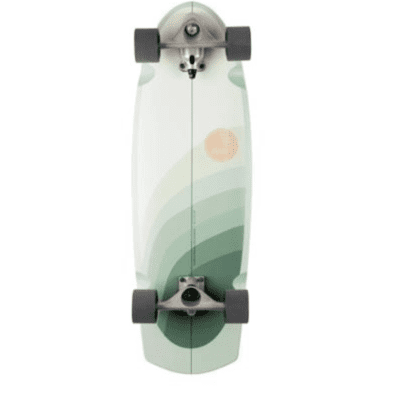Wil je graag leren surfen en onafhankelijk zijn in het water? Dan is de 3-daagse beginners surfcursus ideaal voor jou. Op een leuke manier leer je in groep affiniteit te krijgen met surf materiaal, de surf condities en hoe je ten alle tijd jouw veiligheid en die van andere surfers voorop kunt zetten. Na dit theoretische gedeelte doen we samen een korte warming-up om vervolgens het water te trotseren!
Op de eerste cursus dag wordt er vooral een nadruk gelegd op veiligheid, de surf regels en het lezen van de golven. Tijdens de tweede cursus dag zal de instructeur dieper ingaan op surf technieken. Op de laatste cursus dag worden er praktijk gerichte oefeningen gegeven, zodat je voortaan zelfstandig en veilig het water in kunt!
Wanneer is de 3-daagse beginners surfcursus?
De 3-daagse beginners surfcursus wordt op de alle dagen en tijden worden aangeboden. Neem gerust contact op om de lessen in te plannen wanneer jou dat uitkomt. Vernoem hierbij het order nummer en naam als de cursus online is betaald.
070-2015153 (Surfshop Scheveningen)
Bereikbaar tussen 10:00 – 18:00 uur
info@noordzeeboardstore.nl





